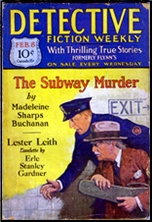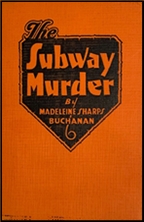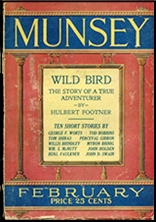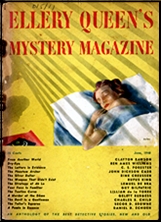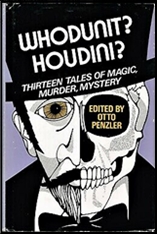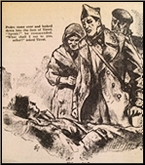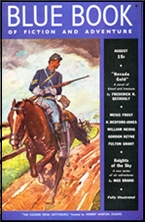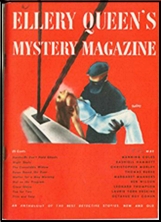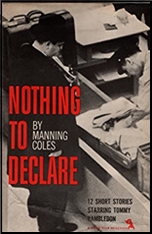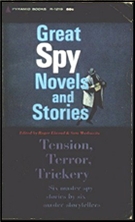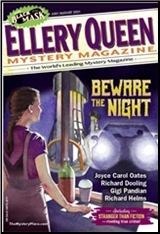Tue 14 Dec 2021
Stories I’m Reading: JAMES M. CAIN “Pastorale.â€
Posted by Steve under Stories I'm Reading[6] Comments

JAMES M. CAIN “Pastorale.†Short story. First published in The American Mercury, March 1928. Reprinted in Ellery Queen’s Mystery Magazine, September 1945. Collected in The Baby in the Icebox (Holt, Rinehart & Winston, 1981). Also reprinted in Best American Noir of the Century, edited by James Ellroy & Otto Penzler (Houghton Mifflin Harcourt, 2010), as well as perhaps other anthologies.
The introduction to this story in the Ellroy/Penzler edition claims it was Cain’s first published work of fiction, but that’s not so. The tale with that particular distinction seems to have been “Trial by Jury,†which appeared in January 1928 issue of The American Mercury.
But no matter. It’s still a story of some great interest to noir fans. I’m sure that everyone reading this knows that one of Cain’s primary themes in the stories he told was that of a man falling for a woman who then persuades him to commit a crime for him. And how does that work out? Not well. Not usually. Not well.
And guess what? That’s exactly the kind of story this is, even at this early date (1928). I won’t go into details. This is only a short story, after all. I did think the story ends on a flatter note than I expected, but it’s still a good one.
